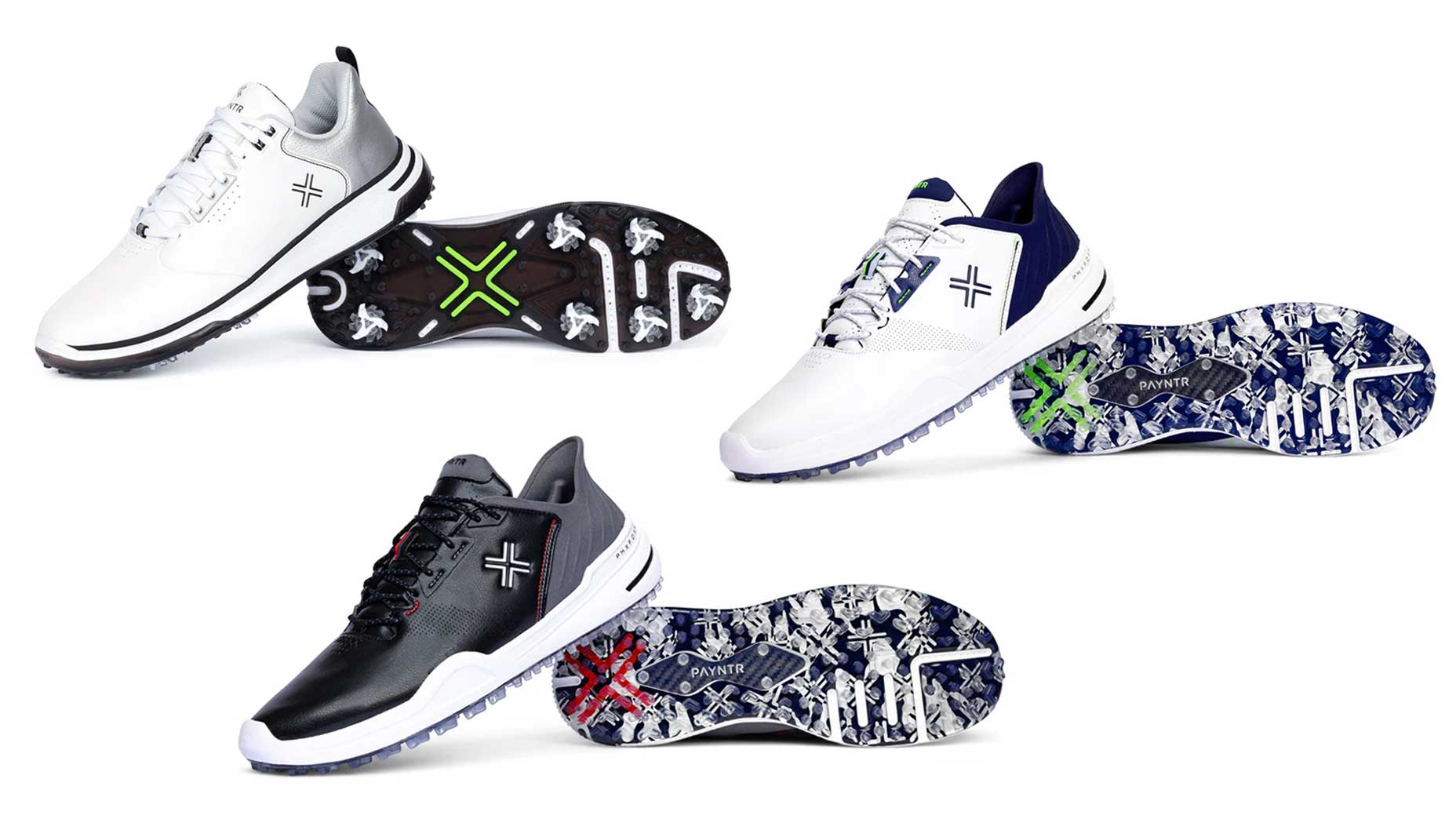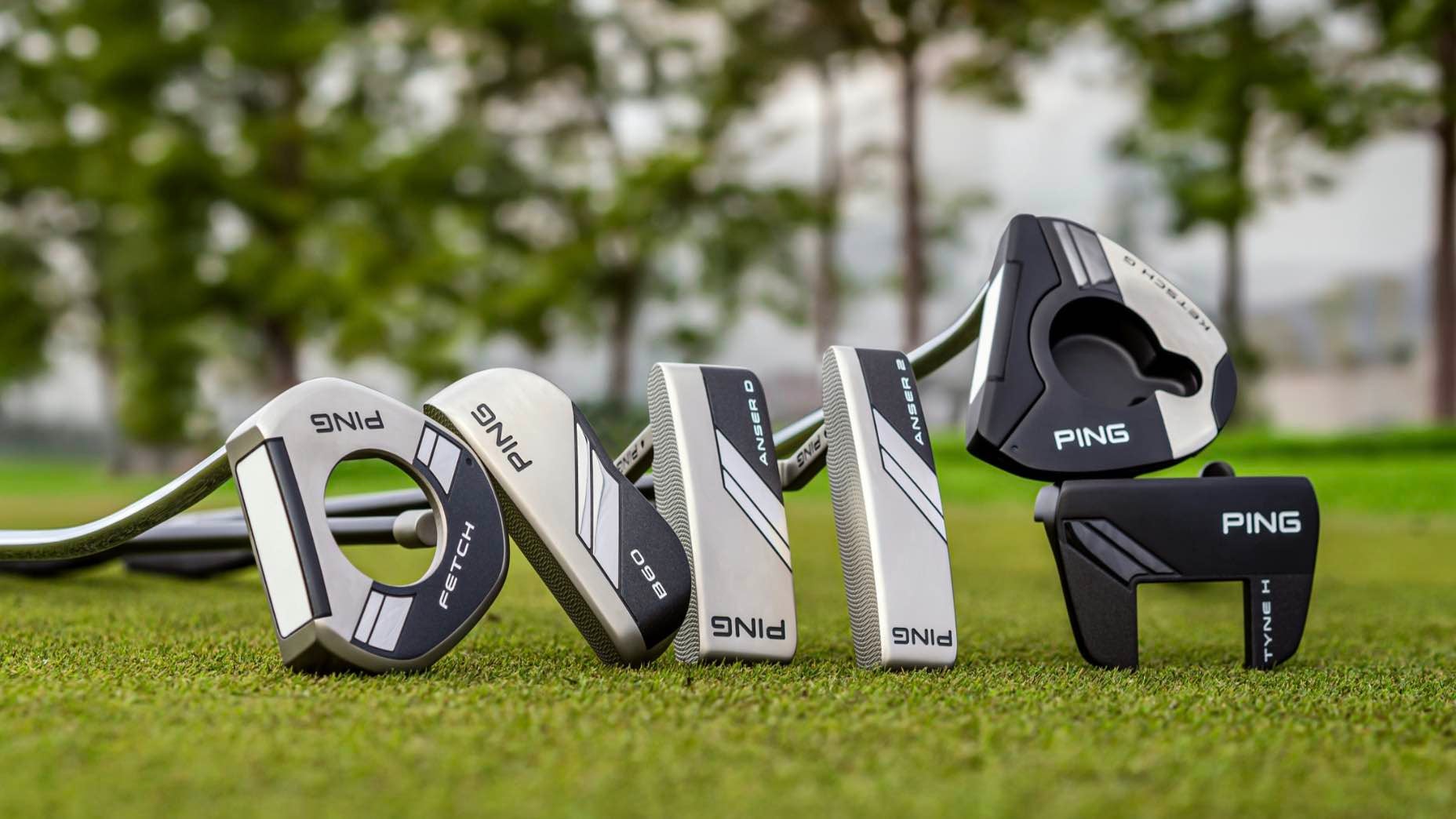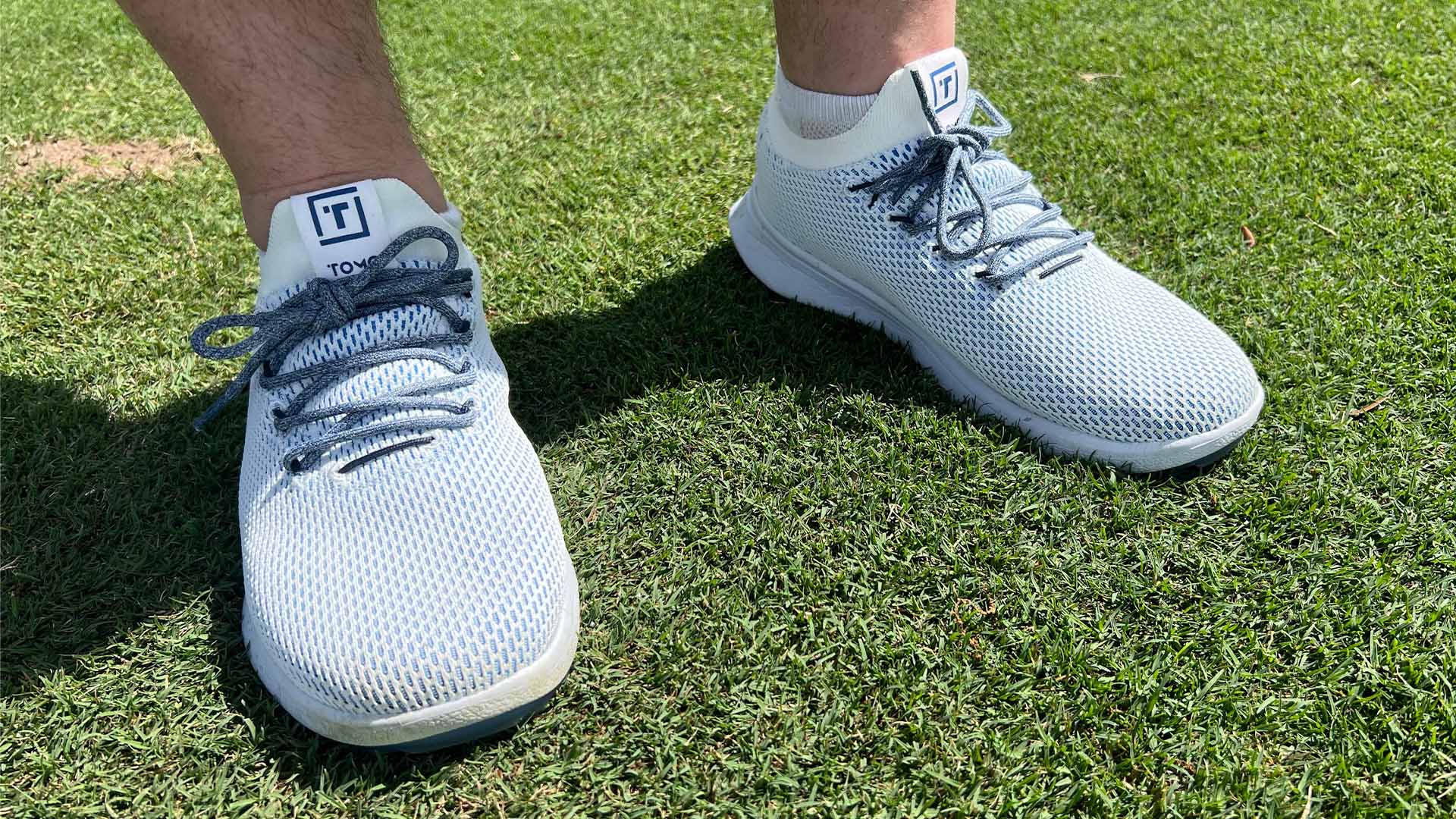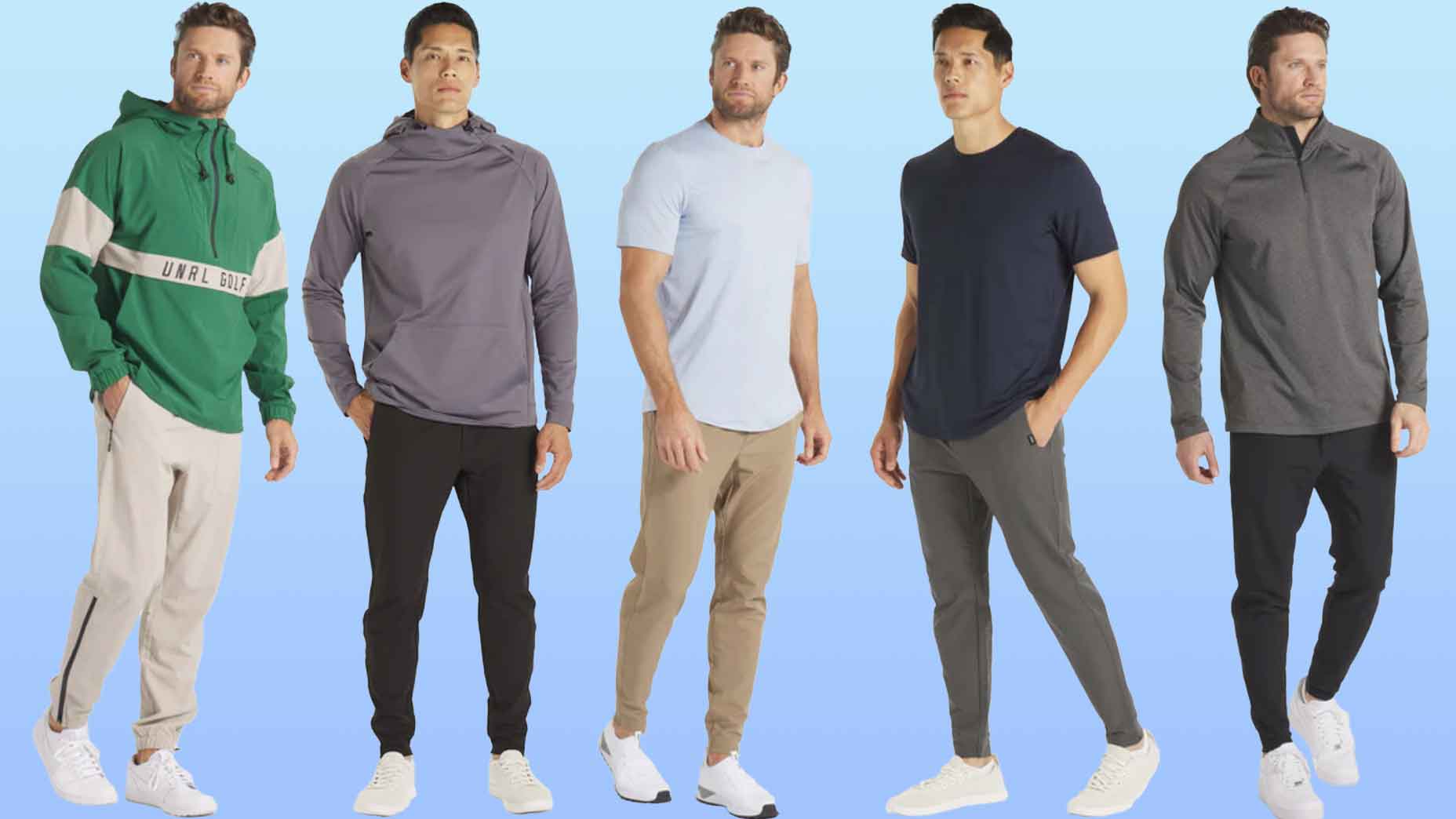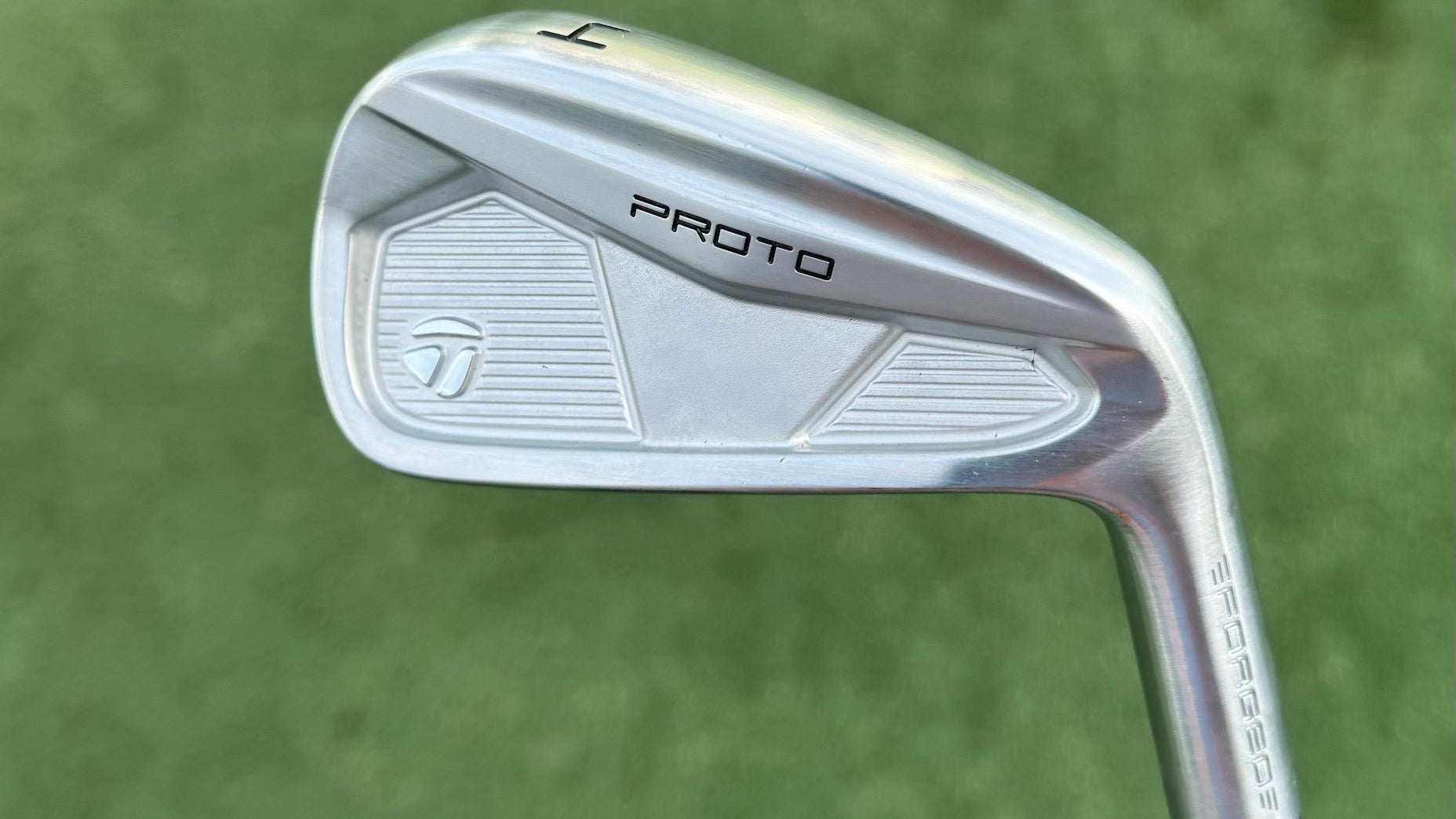Welcome to another edition of Yo, Gear Guy!, an interactive GOLF.com series in which our resident dimplehead (a.k.a., GOLF’s deputy editor of equipment, Mike Chwasky) fields your hard-hitting questions about clubs, fittings, gadgets, bounce, lofts, CG, MOI, and a bunch of other scary acronyms. Got a question for Gear Guy? Hit us up on Twitter, Facebook or email.
alexgagnephoto on Instagram: What starter set would you recommend?
Questions about clubs for beginners keep coming up and it’s a fair topic. Though I’m not aware of “starter,” sets for adults, per se, there are plenty of value-priced sets that might come with a bag and a putter plus the key clubs you need to start the game (some irons and a wedge or two). However, before you spend money on gear you should consider how serious you are about giving golf a go, your level of athleticism and fitness, how much time you have to practice, and your budget, among other things.
If you’re pretty serious it’s best to spend a little more money to get fit by a qualified fitter (like True Spec, for example), who will be able to not only tell you what heads, shafts, and specs are best for you, but also offer valuable advice regarding which clubs you need right away. Often a couple of good irons, a driver or fairway wood, and a wedge are all you need to get started and even play some. If you continue to develop your game you can then fill out the rest of your set.
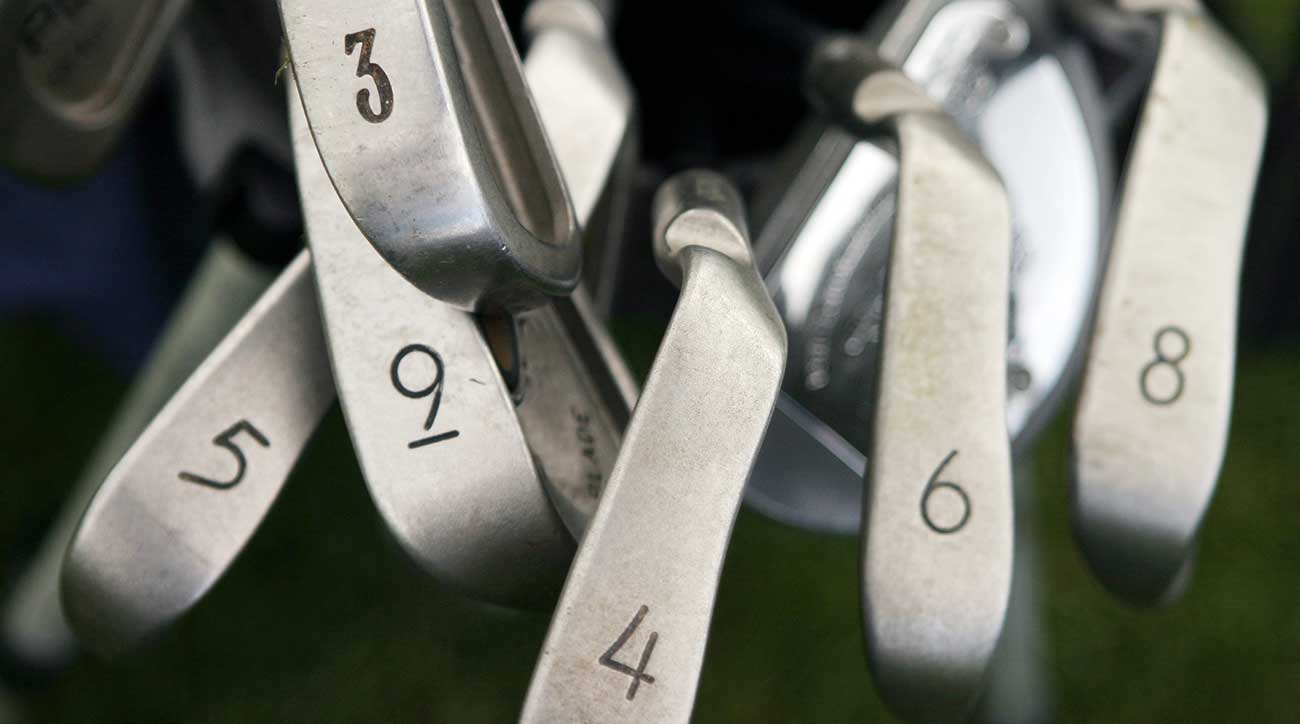
Jessedodson on Instagram: Are the Ping i500s more forgiving than the 210s?
Normally I don’t like to address specific clubs but these models are good examples of how more technology really does yield better performance for certain players. In this case we have two compact blades with somewhat similar dimensions, one, the i210, that features a one-piece construction with elastomer insert for feel, and the other, the i500, that’s built with multiple pieces including a flexible and strong maraging steel face.
A one-piece design, like a traditional blade, has a dead clubface that doesn’t flex and doesn’t provide any addition COR or speed. So when you strike a shot off center you get no help with launch or distance. A multi-piece iron with a flexible face will trampoline a bit at impact (like a modern metalwood) and provide more COR and speed. Obviously, if you miss the sweetspot you will still get some benefit and most likely get better results that you would with a one-piece design. And unless you’re a really good player, like someone who plays for a living or is out to break par regularly, more help is probably what you need.
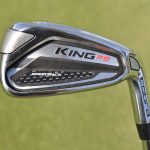
Wjdevine3 on Instagram: Do high MOI mallets really provide more forgiveness than blades or do they just increase confidence?
Without question high MOI mallets like the new Odyssey EXO line or TaylorMade’s proven Spider Tour putters provide significantly more forgiveness on off-center hits and are also easier to strike solidly near the center. The reason is simply that they have much more weight away from the clubface (and sometimes on the perimeter), which increases stability across the entire face.
Because mallets are usually larger in general they also provide a larger usable hitting area and a bigger sweetspot. The high MOI design can also improve launch conditions, helping the ball to get rolling more quickly without as much skidding. The easiest way to think about it is to consider a blade-style putter like a “player’s” iron and a high MOI mallet like a hi-tech game-improvement model. If you’re a very good ballstriker you might choose the former option but most players would be better off with the latter.
[bc_video video_id=”5855400169001″ account_id=”416418725″ player_id=”B1lrmWbebQ” embed=”in-page” padding_top=”56%” autoplay=”” min_width=”0px” max_width=”640px” width=”100%” height=”100%”]


